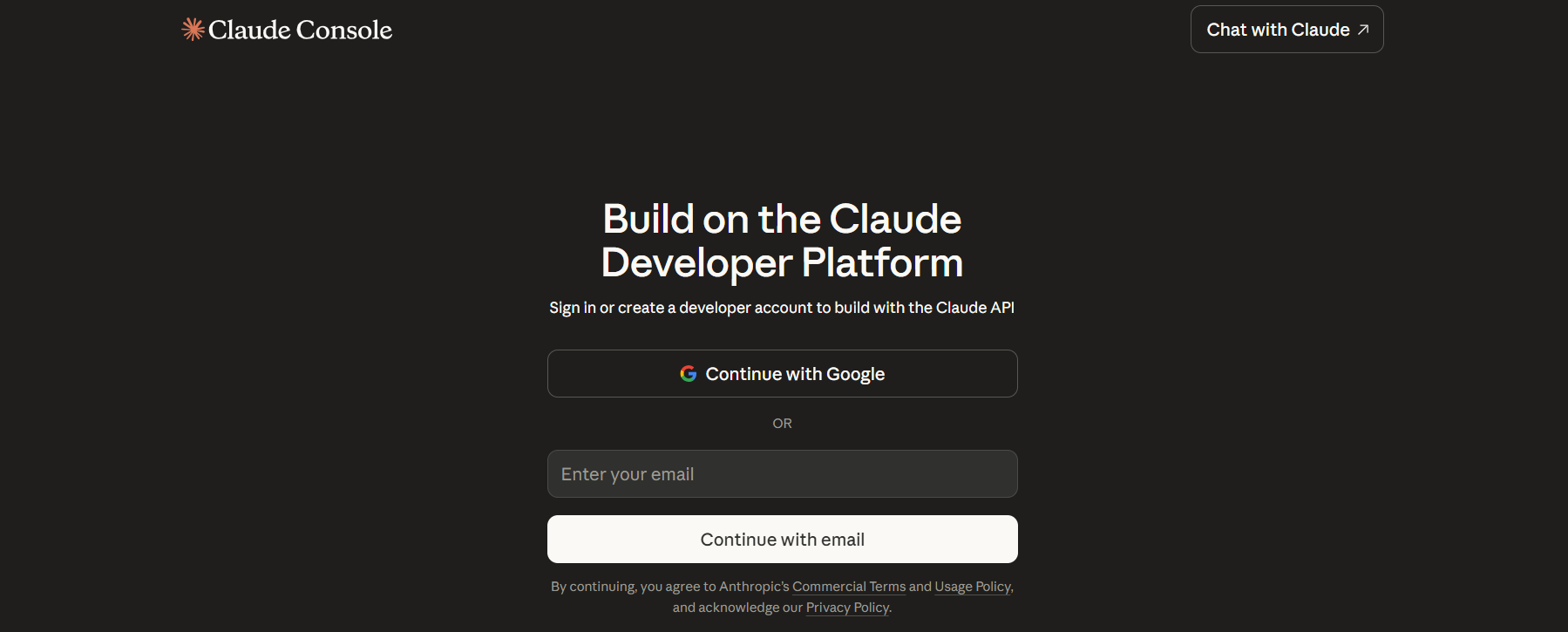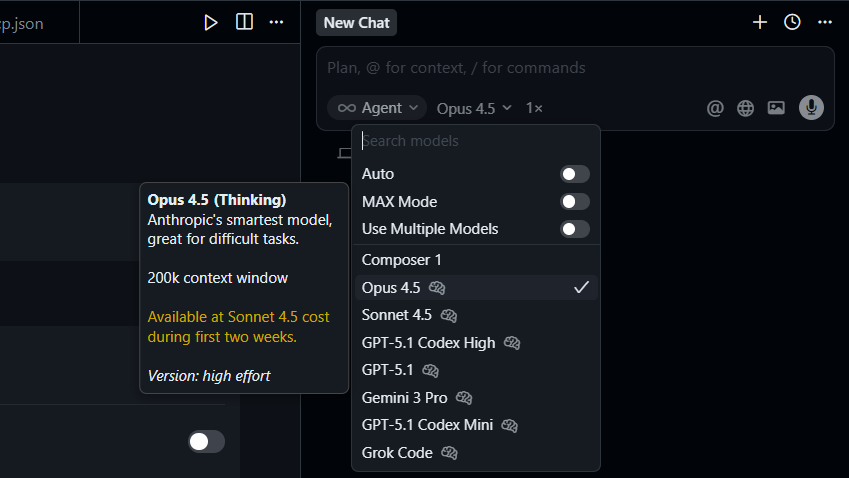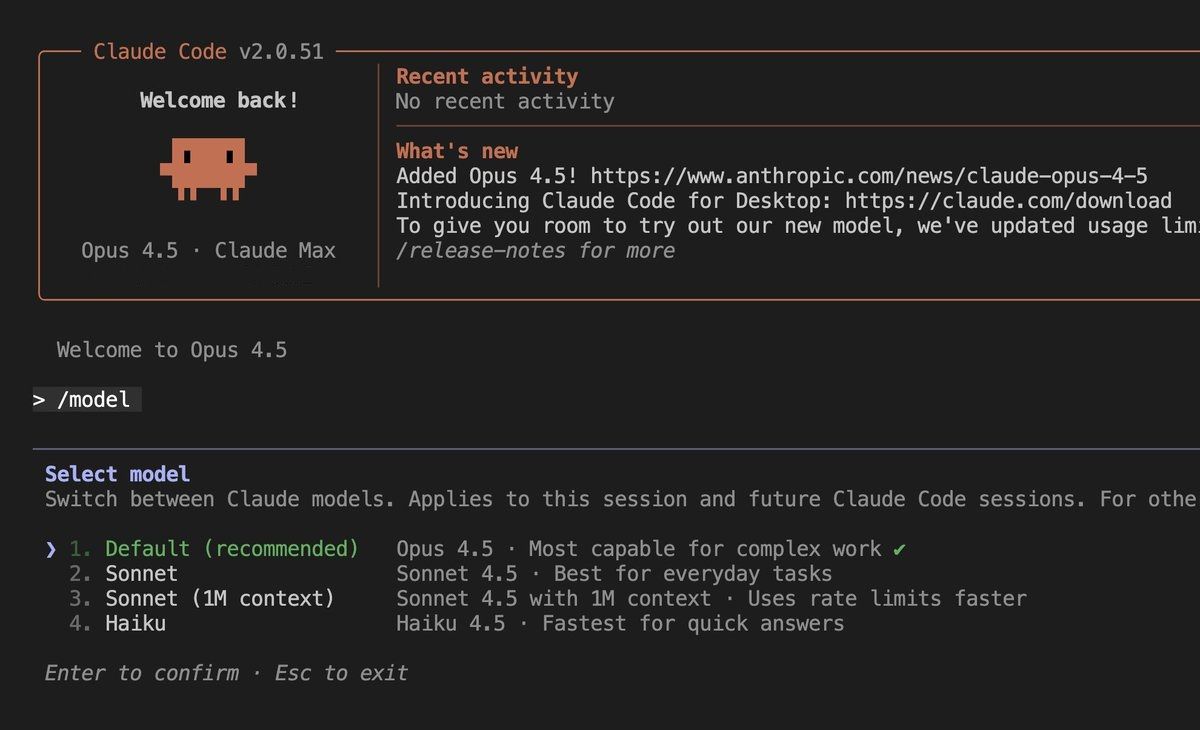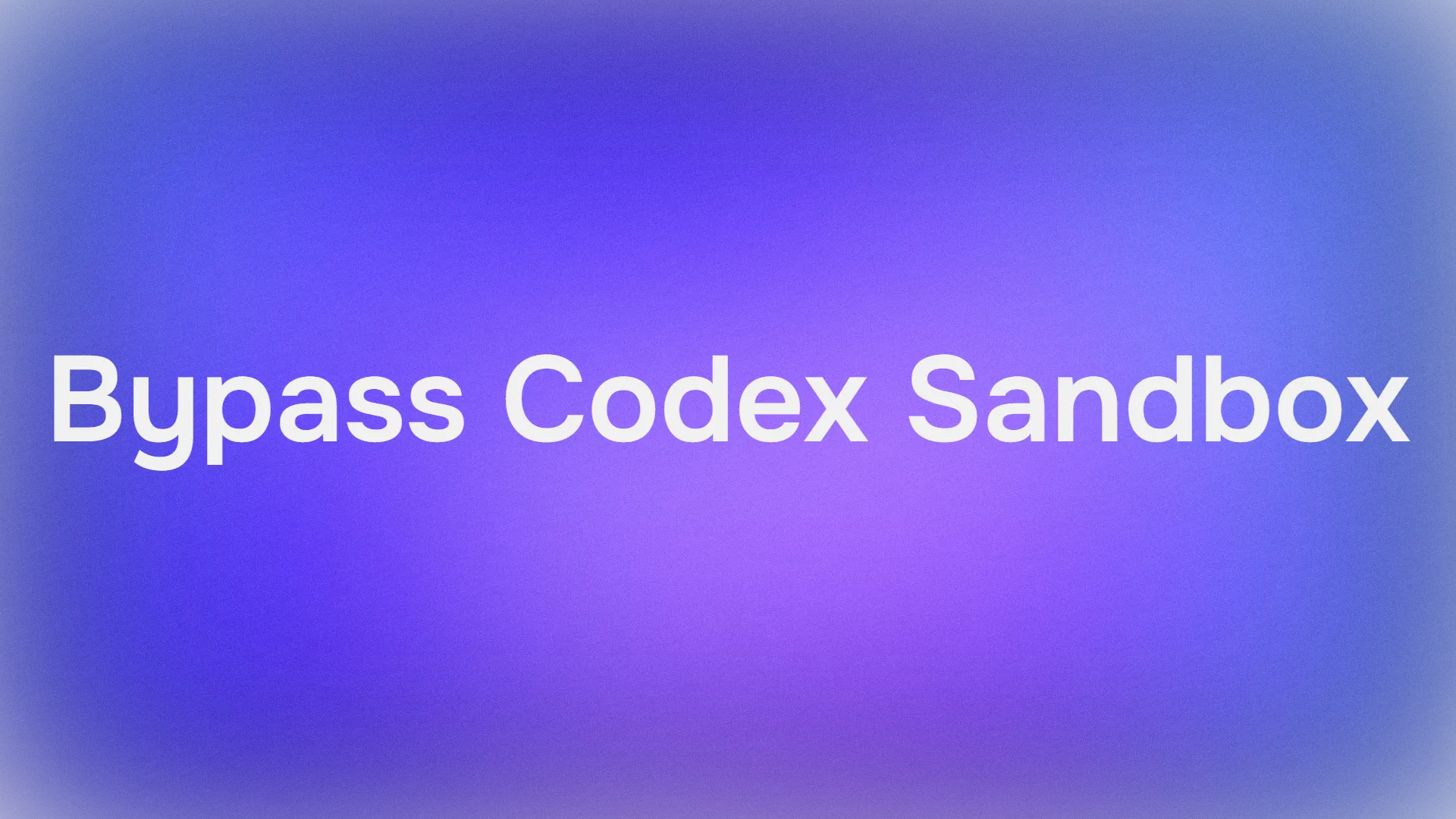If you're a developer looking to leverage Anthropic’s most capable Claude model, Claude Opus 4.5 offers hybrid reasoning, strong memory, and excellent coding capabilities. In this guide, we'll walk you through how to use Claude Opus 4.5 in both Cursor and Claude Code, step by step. Whether you're building agents, refactoring code, or running long-term reasoning tasks, you'll get a clear picture of how to configure and use Opus 4.5 effectively.
Want an integrated, All-in-One platform for your Developer Team to work together with maximum productivity?
Apidog delivers all your demands, and replaces Postman at a much more affordable price!
What Is Claude Opus 4.5?
Claude Opus 4.5 is Anthropic’s advanced model for deep reasoning, autonomous agents, and complex code workflows. According to Anthropic, this model features a 200K token context window, making it well-suited for tasks that require significant memory and multi-step planning.
It’s especially powerful for:
- Long, agentic workflows
- Multi-stage code refactoring
- Strategic reasoning
- High-stakes enterprise automation

Step 1: Create an Anthropic Account and Get an API Key
Before you can use Claude Opus 4.5 in any tool, you’ll need:
- An Anthropic developer account on the Claude platform.
- An API key from your dashboard. This is typically available in the “API Keys” or “Developer” section.
- Enable access to Opus 4.5 based on your plan (Max, Enterprise, or other).

Step 2: Use Claude Opus 4.5 in Cursor
Cursor is a powerful IDE that supports Claude models. Here’s how to set Opus 4.5 up in Cursor:
1. Open Cursor, then go to Settings → Models → API Keys.
2. Add your API key there using the “Anthropic API key” option.

3. After the key is saved, open the AI Chat panel in Cursor.
4. In the model selection dropdown, choose Claude Opus 4.5.
5. Start chatting or prompting in Cursor — you’ll now be using Opus 4.5 for coding and agentic tasks.

Note: Some users report issues when using Claude 4.5 models in Cursor, especially with custom API keys or high-demand model access. (Cursor - Community Forum) If you encounter errors like “404 model not found,” double-check your API limits and model availability.
Alternatively, you could subscribe to Cursor's Pro plan, which costs $20/month, which also gives you access to Claude Opus 4.5.

Step 3: Use Claude Opus 4.5 in Claude Code
Claude Code is Anthropic’s CLI tool for interactive coding assistance. Here’s how to run Opus 4.5 in Claude Code:
1. Open a terminal, navigate to your project (for example: frontend-dev-app) and launch Claude Code by running claude.
# Navigate to your project
cd frontend-dev-app
# Launch Claude Code CLI
claude
2. If you haven’t already signed in, do so now using your Anthropic API key.
3. Once the CLI is running, set the model by typing:
/model
4. Then choose Claude Opus 4.5 from the interactive list. (Claude Help Center)

5. Alternatively, you can start Claude Code with Opus directly by specifying a model flag:
# Start with Opus
claude --model opus
# Switch to Opus during session
/model opus(or use the full model name alias at Claude Docs)
Now all your Claude Code interactions in that session will use Opus 4.5, bringing better reasoning, planning, and more robust outputs.
Why Use Opus 4.5 in Cursor vs Claude Code?
| Use Case | Why Opus 4.5 Helps |
|---|---|
| Cursor (IDE) | Use in multi-agent workflows, chat-based code completion, and agent interactions within your editor. Opus’s large context window helps with deep code understanding. |
| Claude Code (CLI) | Ideal for session-based workflows, script generation, refactoring, and interactive reasoning from the terminal. Model switching is quick and flexible via /model. |
By using Claude Opus 4.5, both Cursor and Claude Code can benefit from its deeper reasoning and memory — but which tool you choose depends on your workflow preferences.
Best Practices When Using Opus 4.5
- Switch models thoughtfully — Because Opus is powerful but more expensive, switch only when you need its reasoning strengths.
- Use planning mode in Claude Code — Have the agent plan out multi-step tasks before executing.
- Monitor token usage — With a 200K context window, it's easy to build up large prompts. Track your input and output tokens.
- Be mindful of rate limits — High-demand models like Opus 4.5 may have stricter usage ceilings depending on your plan.
- Fall back when needed — If a simpler model (Sonnet or Haiku) suffices, use it for light tasks and reserve Opus for complex reasoning.
Frequently Asked Questions (FAQ)
Q1. Can I access Claude Opus 4.5 with a free Anthropic account?
No. Opus 4.5 is typically available under paid tiers (Max, Enterprise) or via API access.
Q2. Why does /model opus not work in Claude Code?
Make sure your API key and account support Opus models. Also, confirm you're using a recent version of Claude Code; older versions may not list 4.5 (visit Claude Help Center).
Q3. Can I switch models mid-session in Claude Code?
Yes — just type /model, and you’ll be prompted to select a different model on the fly.
Q4. Are there any known bugs when using Opus 4.5 in Cursor?
Yes — some users report 404 errors or unauthorized model issues when configuring their own API key in Cursor (visit Cursor - Community Forum).
Q5. What advantages does Opus 4.5 bring over earlier models like Codex?
Opus 4.5 offers hybrid reasoning, a vast context window, and improved performance for long, multi-step workflows compared to older models like Codex, which were optimized more for pure code completion.
Conclusion
Using Claude Opus 4.5 with Cursor or Claude Code unlocks a powerful, high-capacity AI model capable of advanced reasoning and deep code understanding. With straightforward setup steps — adding your API key, selecting the model, or using /model in Claude Code — you can begin leveraging its full potential.
Whether you're debugging, writing software architecture, or coordinating agents, Opus 4.5 adds a new level of capability. As with any powerful tool, use it judiciously, track your usage, and fall back on lighter models when deep reasoning isn’t required.
Want an integrated, All-in-One platform for your Developer Team to work together with maximum productivity?
Apidog delivers all your demands, and replaces Postman at a much more affordable price!



